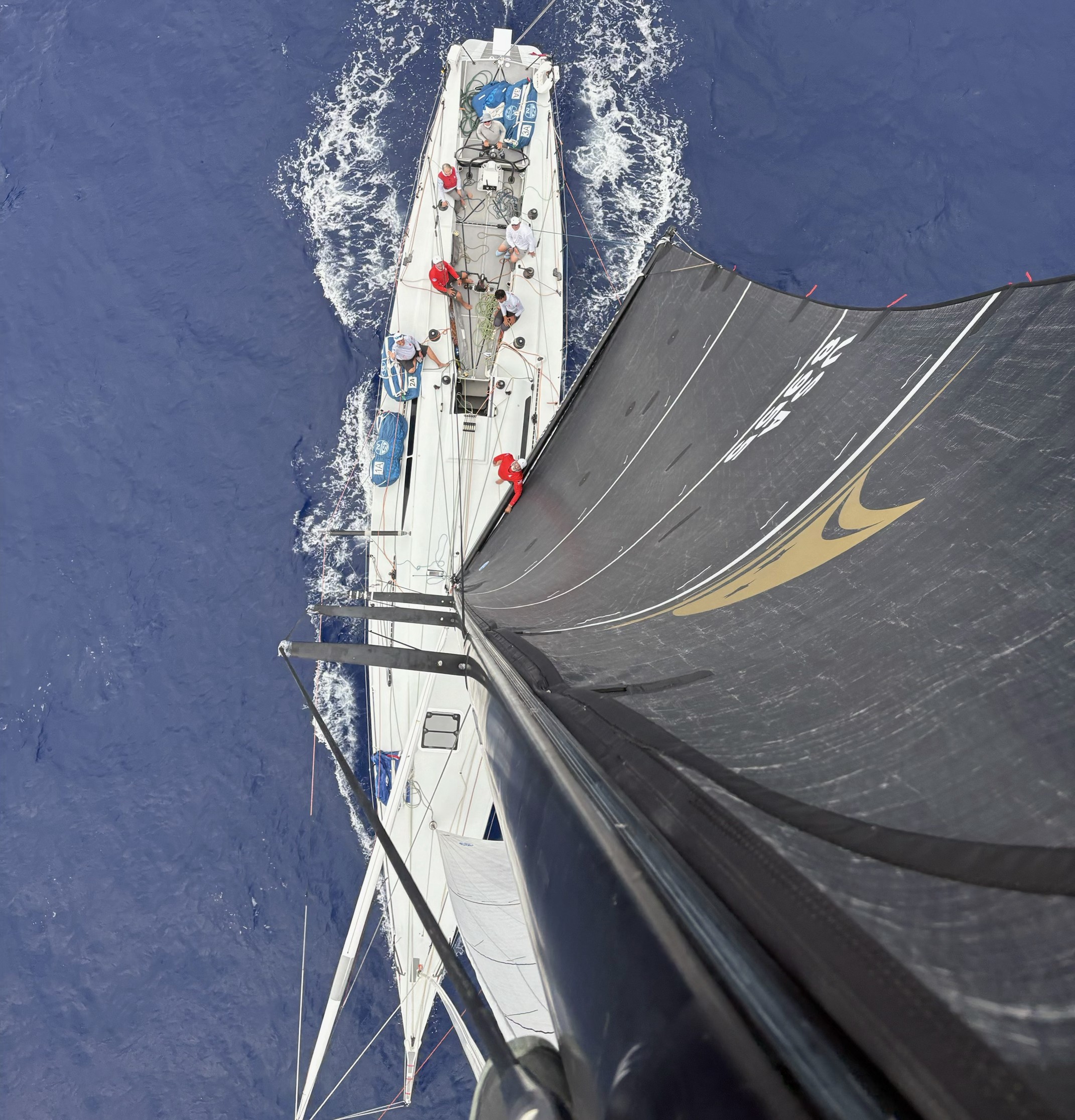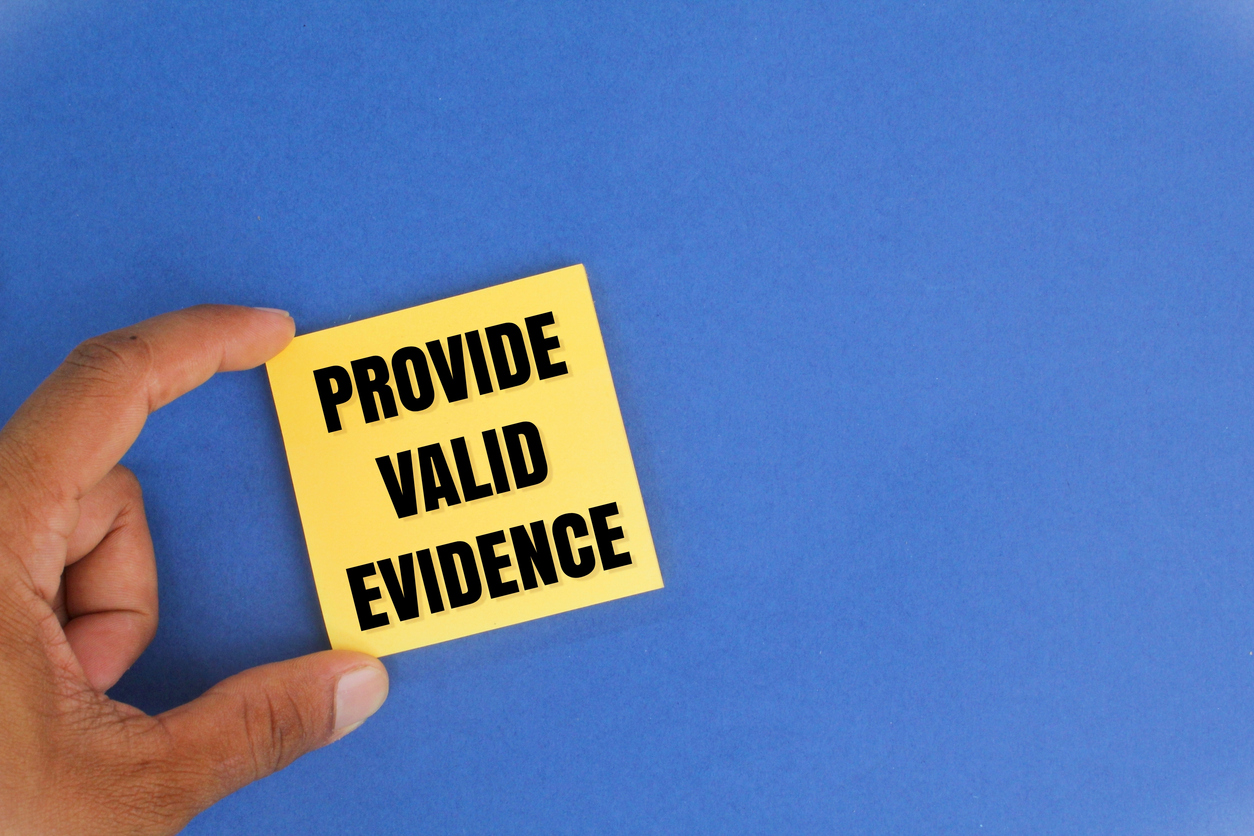(Note: This Guest Blog is by Michelle Claverol, an attorney with Merlin Law Group in the Coral Gables, Florida, office. This is the part of a series she is writing on business interruption claims).
Most insurance claims practitioners adhere to the general rule of presenting evidence of past business performance to predict the measure of recovery in a business interruption claim. In some cases, however, practitioners should evaluate the business’ post-loss performance to formulate a more precise measure of covered recovery.
In an article published in the July/August 2009 issue of Coverage titled “Measuring Business Interruption Loss in Wide-Impact Catastrophes: Insurance Against Catastrophes or Only Against Insured Damage from Catastrophes?” the authors, Richard Chattman and Gregory Miller, compare diverging views on how courts calculate the measure of business interruption recovery and explore a refreshing, yet sound, perspective on business interruption claims.
Unlike an ordinary loss causing damage to only a single location, a wide-impact catastrophe, whether natural (hurricane, earthquake, flood) or man made (e.g., 9/11 terrorist attack), typically causes widespread damage which often results insignificant economic changes to the impacted area or beyond. A catastrophe can cause major shifts in population and changes in markets or supply and demand, as experienced by certain areas of the Gulf after Hurricane Katrina, or depress an entire industry, as exemplified by the significant decrease in demand for travel and related services following the September 11th terrorist attack.
According to the authors, there are two lines of cases that address the measure of business interruption loss from a wide-impact catastrophe, which they grouped as “Economy Ignored” and “Economy Considered” cases.
The “Economy Ignored” cases stick to the more traditional coverage analysis where courts measure the business interruption loss by comparing the actual past business experience against the probable experience during the period of restoration had the peril not occurred. This type of analysis, however, does not consider the impact a catastrophic peril had on the economy, market or demand for the insured’s goods or services.
American Automobile Insurance Co. v. Fisherman’s Paradise Boats, 1994 WL 1720238, 1994 U.S. Dist. Lexis 21068 (S.D. Fla. October 1, 1994) is usually cited when courts want to use the economy ignored approach. In Paradise Boats, the insured was unable to engage demand for boats in its boat sales operations after Hurricane Andrew severely damaged one of its stores. Apparently, there was a great demand for boats and marine accessories after Andrew, and the insured presented evidence to show that its sales would have increased by 192 percent if the store had not been damaged and if it was positioned to reap the economic benefits of a post-hurricane demand for the goods it supplied.
In denying the insured’s argument the Court held that the policy only allows recovery for net income projection that are not itself created by the peril and that the insured was not entitled to windfall profits for earning sources that would not have come into being had the storm not occurred.
Conversely, under the “Economy Considered” line of cases, courts use a different approach to place the business in the position it would have occupied had it been operating in the actual, post-catastrophe environment, but only allowing losses that directly flow from the insured damages.
In Consolidated Companies, Inc. (Conco) v. Lexington Ins. Co., No. 06-4700, 2009 WL 211751 (E.D. La. January 23, 2009), a Louisiana jury awarded a verdict in favor of a food distribution facility of $19.5 million for business interruption loss. Lexington challenged the verdict, arguing that the jury should have taken into account the depressed economy in Louisiana in the aftermath of Katrina to reduce the amount of the loss since the likely future performance was bleak, at best. The court accepted the carrier’s legal position that the post-Katrina economic environment should be considered in the measure of damages, but in this case, it concluded that the award was supported by sufficient proof that established how the business performed in the altered post-hurricane economy had the business not suffered physical damage. It is important to note that the Conco court focused its analysis on what the business would have earned had it not suffered physical loss or damage, rather than what the business would have earned had the storm not occurred, which circumvents the “windfall” concerns that the “economy ignored” advocates fear most.
After carefully considering the pros and cons of both approaches, it appears that while easier, the “economy ignored” analysis provides less coverage than the basic requirements otherwise permitted when the insured performs better post-catastrophe, but more coverage that the basic requirements when the insured performs worse after the catastrophic loss. The “economy considered” analysis, however, may serve as a more accurate “measuring stick,” since the formula considers the changes in the post-catastrophe economy without regard to whether the insured would have performed better or worse after the catastrophe, and it only covers loss earnings directly flowing from the physical damage.




